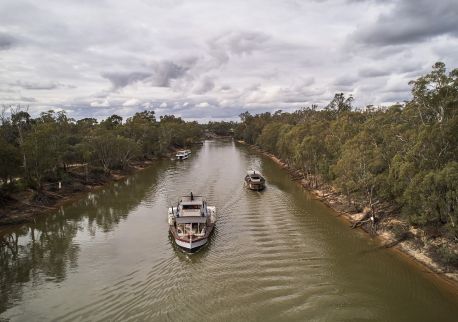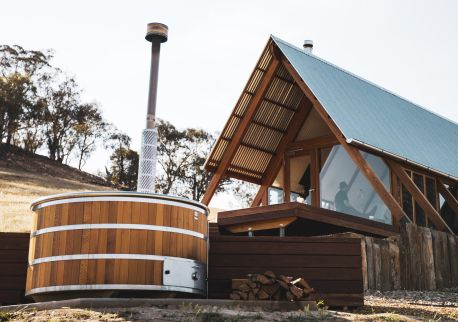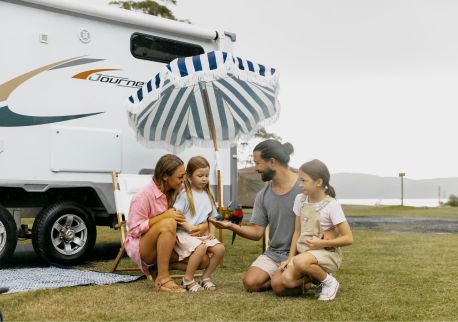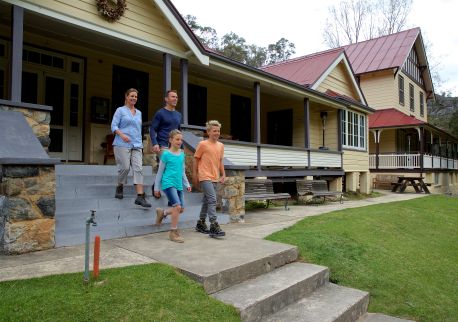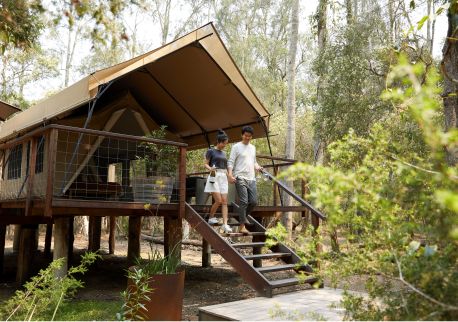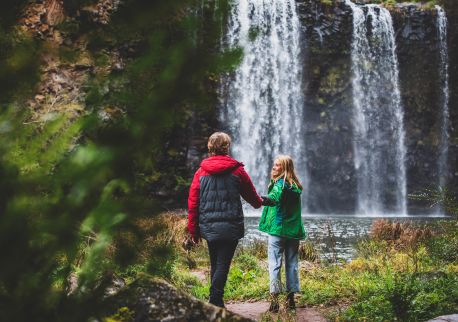Goulburn Regional Art Gallery
Highlights
Overview
Goulburn Regional Art Gallery is the region’s hub for exhibiting and collecting contemporary art. The gallery works with leading artists to realise ambitious projects, including commissioning bold new work.
Through a diverse offering of exhibitions, public programs and workshops the gallery encourages audiences to think about art in new ways. The Gallery’s four exhibition spaces showcase work from artists across the country and internationally, as well as featuring work by artists living, working and connected with the region.
The Gallery offers a wide range of public programs, outreach and education activities daily. These include workshops, talks, panel discussions, education workshops and performances delivered by leading artists, writers, curators, and creatives. These programs cater to all ages and skill levels, with many programs free of charge.
The Gallery houses a nationally significant collection of modern and contemporary art, consistently growing the collection through acquisitions and gifts. Works from the permanent collection are on display in the Gallery and on loan to key partnering institutions. The collection includes work by prominent and innovative Australian artists including Danie Mellor, Yvette Coppersmith, Ben Quilty, Katthy Cavaliere, Sharon Adamson and Janet Laurence.






